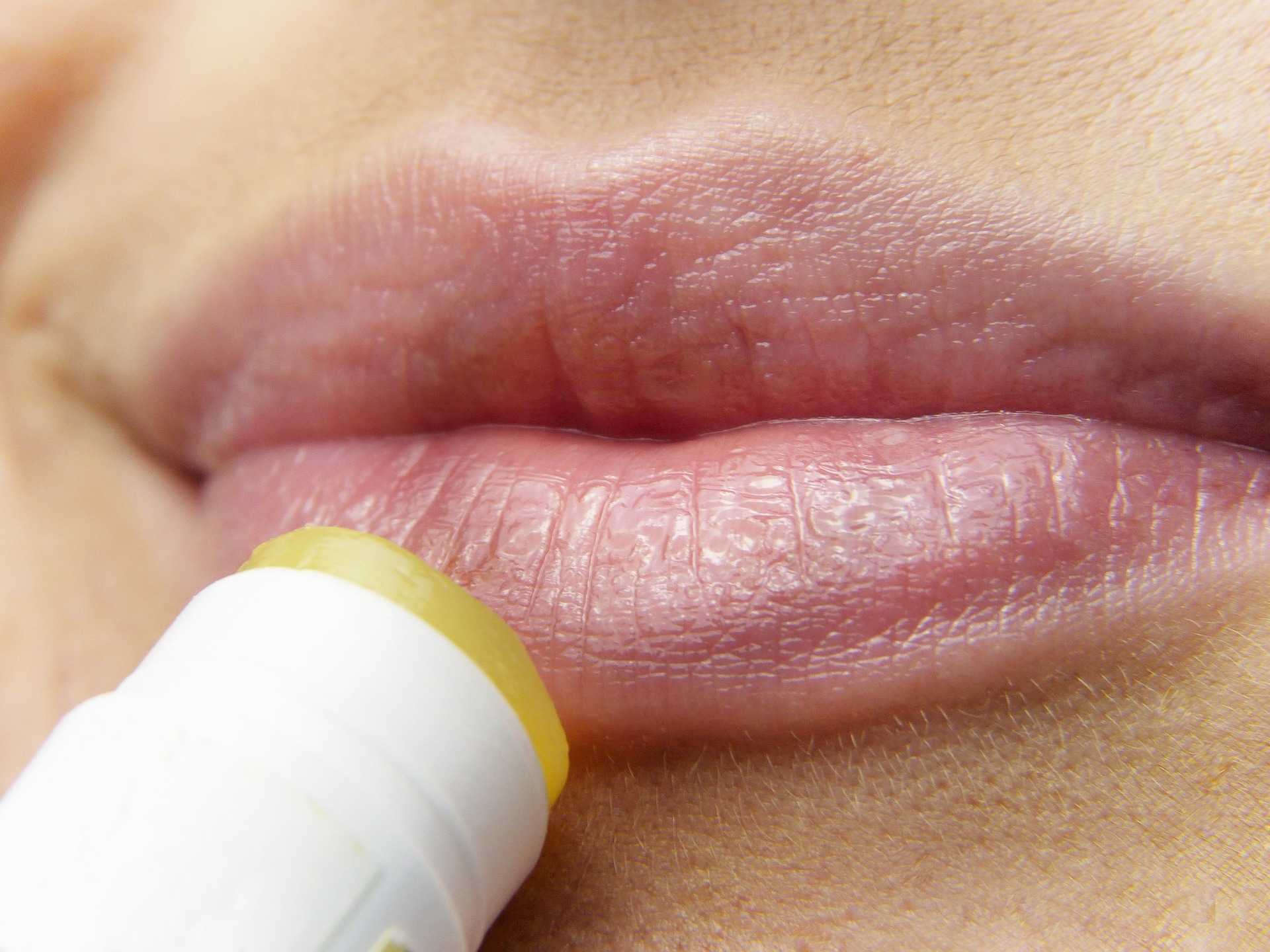Color-matching techniques for diverse skin tones
Accurate color matching helps people with varied skin tones select cosmetics and skincare that look natural and support overall skin wellness. This short guide explains practical steps to identify undertones and skintype, how formulation and ingredients affect appearance, and how to test products like foundation, sunscreen, and moisturizers before committing.
Color-matching techniques for diverse skin tones
Finding the right color match goes beyond picking a shade that looks pleasant in the store. It involves understanding skintype, undertone, and how skincare routines and formulations influence texture and finish. This article outlines repeatable methods for assessing tone and undertone, explains how ingredients and fragrancefree options can change perceived color, and offers testing tips for cosmetics, makeup, and related products such as sunscreen and moisturizer. The goal is clear, factual guidance that works across a wide range of skin tones and concerns.
This article is for informational purposes only and should not be considered medical advice. Please consult a qualified healthcare professional for personalized guidance and treatment.
What is skintype and how does it affect matches?
Skintype—oily, dry, combination, or sensitive—shapes how product color sits and wears. For example, an oily T-zone can make foundation look darker or more reflective over time, while dryer skin can absorb creams and create a matte or patchy appearance. Cleansing and hydration routines influence surface texture; well-exfoliated, hydrated skin often yields a more even color base. When choosing cosmetics, consider pairing color tests with your regular cleanser and moisturizer to see how the product performs with your typical formulation and ingredients.
How do makeup techniques reveal undertones?
Makeup testing helps determine undertone (cool, warm, neutral). Apply swatches of concealer or foundation along the jawline and observe in natural light. If a shade disappears against the skin, it’s a closer match. Warmer undertones pair with yellow or golden bases, cool undertones with pink or neutral bases. Avoid relying on indoor fluorescent lighting; daylight reveals true contrast. For haircare color choices that complement skin, examine how hair hue interacts with complexion under the same light to ensure a harmonious result.
Which ingredients and formulation influence perceived color?
Pigments, oil content, and light-reflecting particles in formulations change how color reads on skin. Ingredients like titanium dioxide and iron oxides determine opacity and shade range in foundations and sunscreens. Lightweight formulations may blend more naturally on oily skin, while creamier formulations suit dry or mature skin where antiaging and hydration are priorities. Fragrancefree products reduce the risk of irritation that can temporarily alter skin tone. When possible, choose formulations that match your skintype and check ingredient lists for known triggers.
How do sunprotection and skincare routines alter matching?
Sunprotection products add pigment, tint, or a white cast depending on active ingredients, which can shift how subsequent cosmetics appear. Physical sunscreens with zinc or titanium can lighten or flash on camera, while chemical sunscreens generally sit clearer. Routine steps—cleansing, serums, moisturizer—change surface reflectance: a dewy moisturizer increases luminosity while mattifying products reduce sheen. Test a full routine including sunprotection and moisturizer before finalizing a color match to capture realistic wear and finish.
What role does sustainability and formulation transparency play?
Sustainability and clear labeling help consumers evaluate ingredient sourcing and long-term effects. Brands that list pigments, preservatives, and vehicle oils make it easier to assess compatibility with sensitive skin or antiaging goals. Formulation transparency assists in choosing cruelty-free, lower-impact, or fragrancefree options that align with wellness priorities. Sustainable packaging and refill systems may also influence purchasing decisions, but these considerations do not directly change color matching—rather they affect product selection and long-term skin health.
Practical testing tips for cosmetics, fragrancefree, and long wear
Always test shades in natural light and on the jawline to check face-neck continuity. Wear a trial sample for several hours to observe oxidation and interaction with sweat or sebum. For fragrancefree choices, confirm the label and patch-test if you have reactive skin. When trying antiaging or tinted moisturizers, layer the product as you would daily (serum, moisturizer, sunscreen) to assess final tone. Keep a small swatch card or photograph in daylight to compare options later and note which ingredients and formulations performed best.
Conclusion
Color matching across diverse skin tones is a practical process that combines observation, testing, and an understanding of how skintype, ingredients, and product formulation affect appearance. Prioritize natural light, test full routines that include sunprotection and moisturizer, and choose fragrancefree or formulation-appropriate products when sensitivity or antiaging concerns exist. Careful testing helps ensure cosmetics and makeup enhance rather than mask natural complexion while supporting long-term skin wellness.






